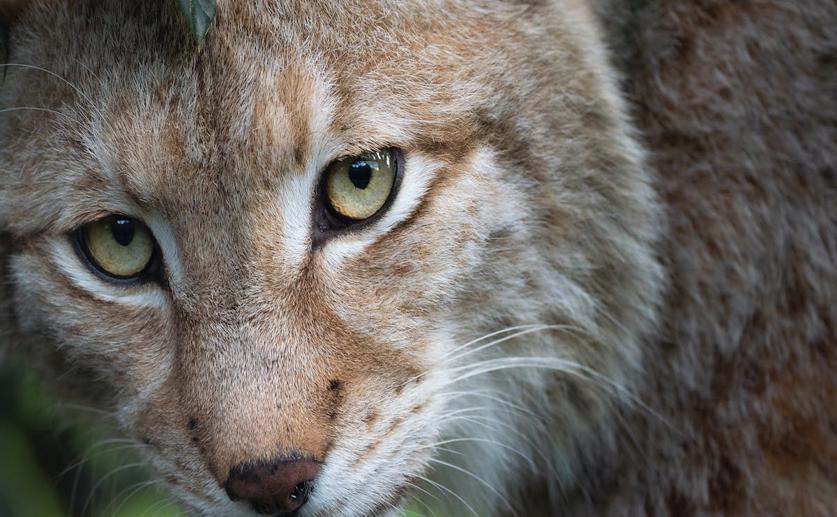
Assessing the Status of a Reintroduced Lynx Population in the Palatinate Forest
Jim Crocker
16th May, 2024

Image Source: Gabriele Brancati (photographer)
Key Findings
- The study focused on reintroducing 20 Eurasian lynx to the Palatinate Forest in Germany from 2016 to 2020
- By 2021, the lynx population density in the Palatinate Forest was 0.52 individuals per 100 km², lower than other reintroduced populations
- The decline in lynx numbers is partly due to some individuals dispersing to the Vosges in France, indicating potential for population expansion
References
Main Study
1) Status assessment of a recently reintroduced eurasian lynx (Lynx lynx) population in the Palatinate Forest, South-West Germany
Published 15th May, 2024
https://doi.org/10.1007/s10344-024-01800-8
Related Studies
2) Multi-seasonal systematic camera-trapping reveals fluctuating densities and high turnover rates of Carpathian lynx on the western edge of its native range.
3) Recovery of large carnivores in Europe's modern human-dominated landscapes.



 11th February, 2024 | Greg Howard
11th February, 2024 | Greg Howard